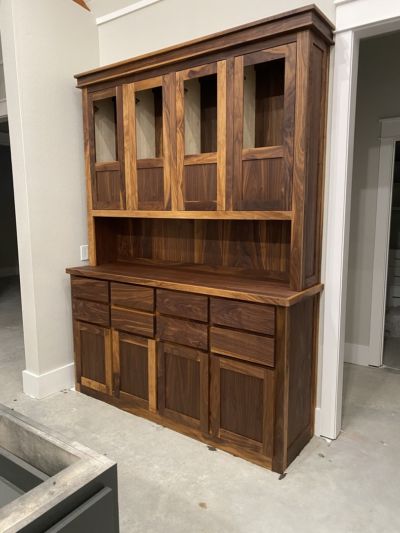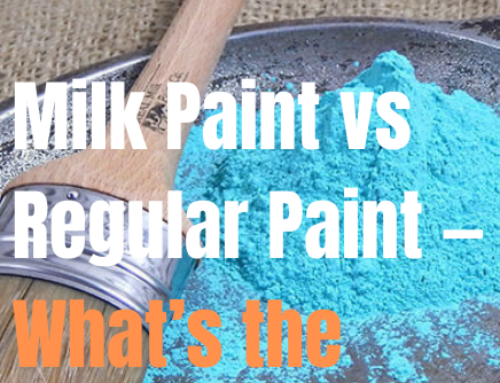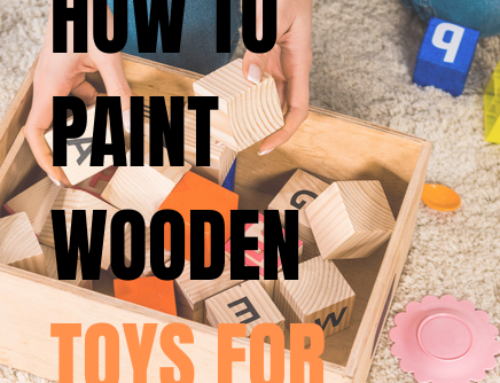Our team at RealMilkPaint.com understands that staining wood isn’t always the easiest thing. We know how unforgiving a stain job becomes after sanding, application, and finishing – but fortunately, following these three simple steps will make the whole process much easier. We’ll share these tips for staining wood in the hopes that all of your stain applications turn out picture perfect.
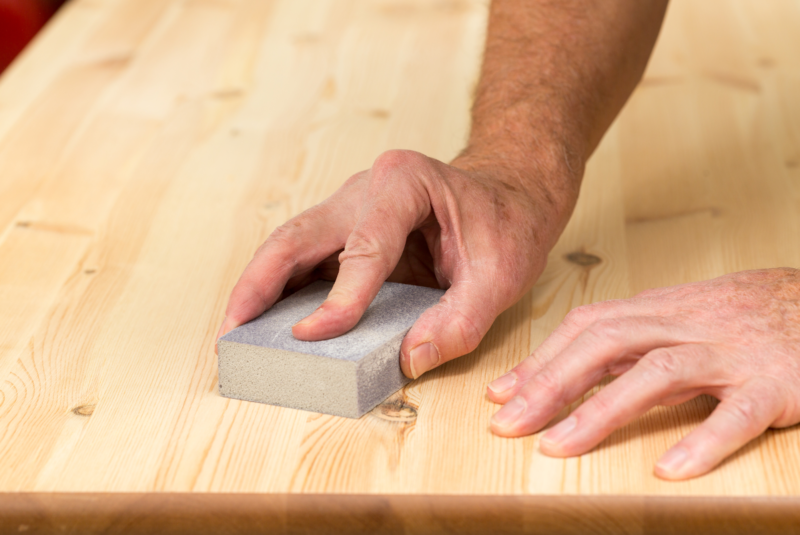
Wood Preparation
Lightly sand your wood before applying stain. This goes for everything from a fresh piece of pine to a previously painted cabinet. Sanding and proper cleaning allow the wood pores to open up just a bit wider which makes the stain coat deeper into the wood grain. This deeper application is the difference between a professional looking project or a potential mistake.
Sandpaper
A medium-grit sandpaper may do the job for raw wood surfaces. However, coarser grit sandpaper should be used for previously stained or painted projects. We recommend a 120 grit to start. Progress to finer grits until all of the previous application is gone. At this point, you should have a roughly unsanded veneer that would be identical to previously untreated wood. Use a truly fine grit, 220 or so, to open up the pores for stain. Don’t forget to clean your wood thoroughly after each sanding. We recommend a simple tack-cloth to ensure all the wood dust gets removed.
The entire project should be sanded before any water or oil-based stain is applied, and all dust should be removed from the wood before staining. If you don’t sand the wood first or if you don’t remove all of the dust before staining, the finish will not only look bad, but it will also eventually peel or chip off.
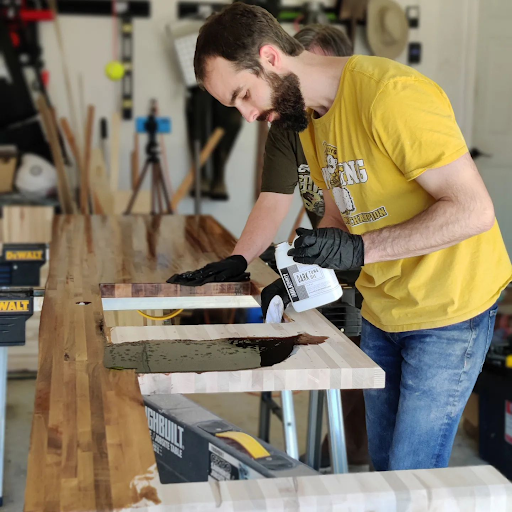
Photo Credit: @affordablyaway
Proper Stain Application
Some people elect to use a pre-stain wood conditioner, but for most wood furniture projects a pre-stain wood conditioner is completely optional.
What’s the Difference Between Wood Finish and Wood Stain?
When it comes to your home’s wood surfaces, you have two main options when it comes to protecting and beautifying them: finish and stain. But what exactly is the difference between the two?
Stain adds color while finishings seal the wood to moisture. A finishing layer will be thicker than a wood stain.
Finish is a clear product that is applied over bare wood or stain. It protects the wood from moisture and wear, while also adding shine and color. Generally speaking, finishing is thicker than staining, as the latter is designed to penetrate into the wood surface for a more natural look.
There are several different types of finishes available, such as oil-based, water-based, and polyurethane varnish. Each one has its own unique qualities, so it’s important to choose the right one for your needs.
Stain is a colored product that is applied to bare wood in order to change its color. It can be used to give wood a more natural look by adding grain and texture or for giving wood a darker color. Unlike finish, stain is absorbed into the wood, so test it on a small area first to see how it will look.
Wood stains are either oil based or water based and each type has advantages and disadvantages. The wood stain of your choice comes down to personal preference.
Oil Based Stain:
Pros: Oil based stains penetrates wood better, longer lasting color
Cons: Oil based stains can be messy to work with, has a strong odor. Cannot use Pure Tung Oil products over top.
Water Based Stain:
Pros: Easy to work with, little odor
Cons: Does not penetrate wood as well, color may fade over time
If you’re unsure if oil stains or water based stains are best, we recommend testing a small area of the wood first to see how the stain color looks and how well it holds up. In general, you will want to work in small sections with wood stain and wipe away any excess stain with a clean cloth.
Always stir your stain before application. We also recommend consistent stirring during the application process, as well.
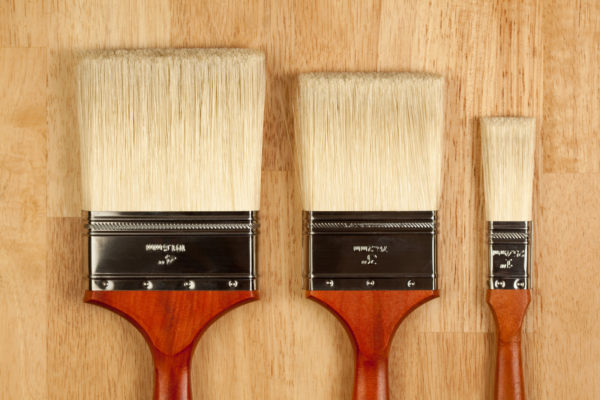
Brushes, Cloths, and Pads
A synthetic bristle brush, foam brush, and a clean rag are essentials to get started. High-qualities brushes, soft cloths, or staining pads should be used to apply the stain evenly.
Staining pads assist novices in controlling stain amounts. Make it a point to remove any excessive stain amounts from the wood over the course of application. Use your cloth, brush, or pad to then rub what cannot be removed back into the wood. Your final wipe should be in the direction of the wood grain, which will boost the uniform look of your stain.
Test Your Stain
All woods take different wood stains, so try experimenting with wood pieces that come directly out of the project to stain. If you’re using plywood or solidboard, you should be checking the stain colors for each wood type. Plywood absorbs the stain much easier than wood and so you can wait longer on solid boards or add another coat for the color you want. If you want to stain your own wood, always follow the directions provided.
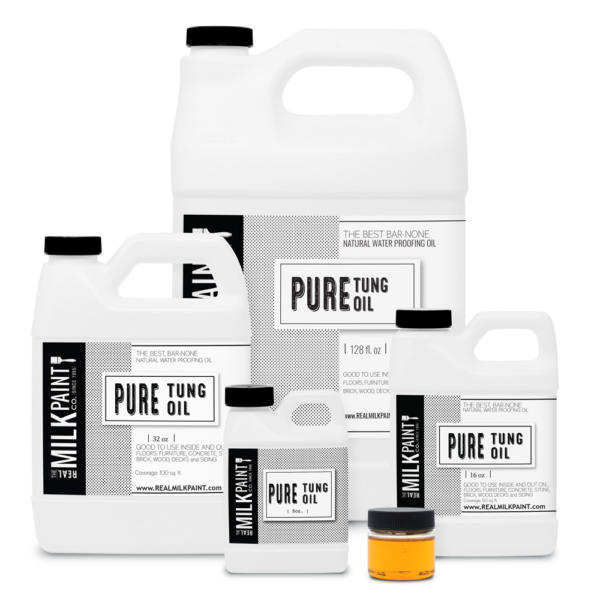
Stain Protection
Once you have finished staining the wood, let it dry. Then, we recommend a clear coat or if you used a water-based stain to apply Pure Tung Oil over the top. This application will keep the stain from fading, and it also prevents nicks. Stir but don’t shake prior to application; you don’t want air bubbles in your coat. A high-quality brush should do for application. Multiple coats may be required.
By following these simple tips, staining wood will be easier than ever, and the results will look fantastic.
